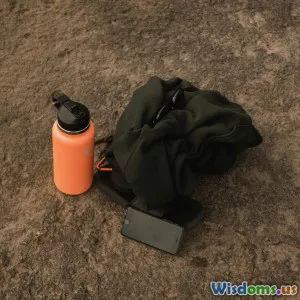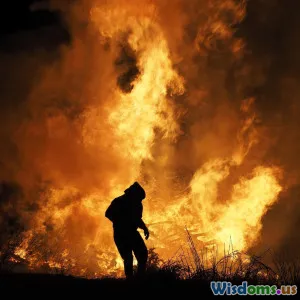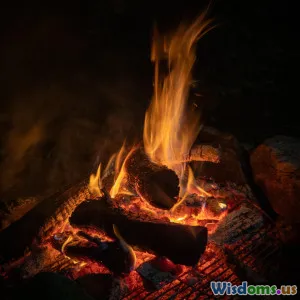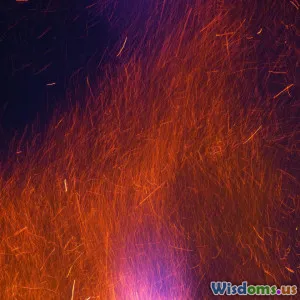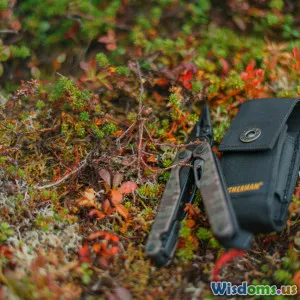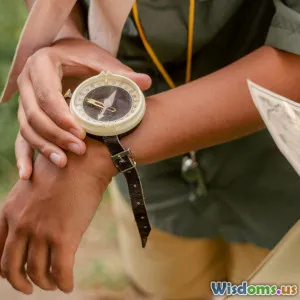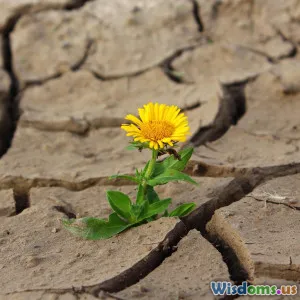
Personal Story Surviving Three Days Lost in a Desert
15 min read A gripping first-person account of surviving alone for three days in a harsh desert environment. (0 Reviews)
Lost and Found: Three Days in the Desert That Changed My Life
It’s extraordinary how quickly the familiar can slide into the unknown. One moment, the sun was warming our backs as we explored the vast expanse of the Red Mesa; the next, I was alone, disoriented, and facing the raw enormity of the desert. Surviving for three days lost miles from help rewired my sense of possibility—and gave me insights I hope you’ll never need, but will value nonetheless.
The Mistake that Led Me Astray
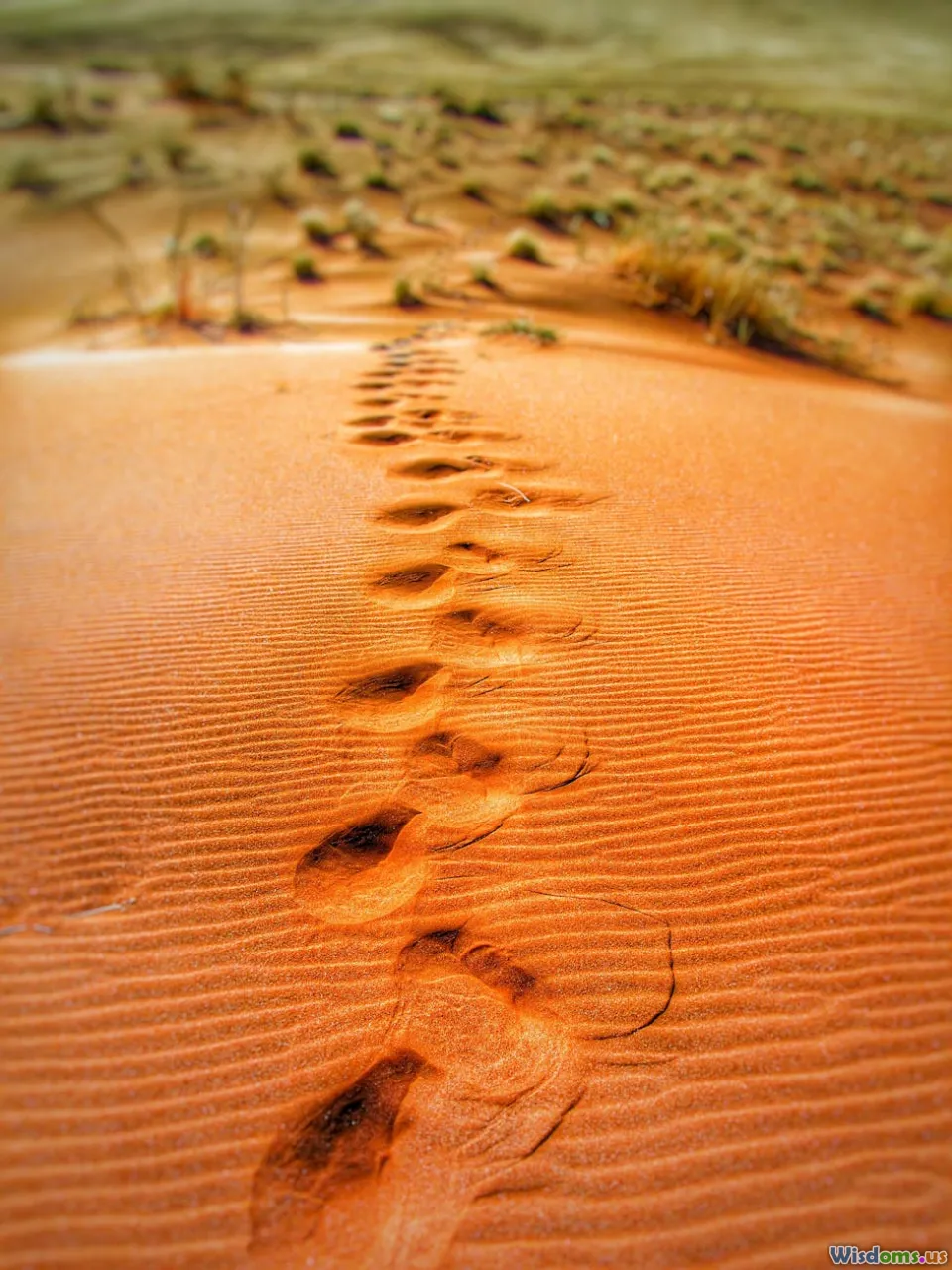
It started with overconfidence. I’d hiked good trails before. Armed with a topo map, a compass, and what felt like sufficient water, I’d set out from our base camp near the edge of the Mesa to satisfy a stubborn curiosity—a narrow canyon visible in the distance.
The trouble began late on Day One when a junction in the dry washes stumped me. Instead of retracing my route, I trusted memory, thinking the next sandy turn would reveal my original path. The desert, unforgiving in its monotony, played tricks on my perception. A hundred meters the wrong way doubled, then tripled. By the time I realized my error, it was late afternoon: telltale, chilling signs for anyone familiar with survival statistics. According to the National Park Service, about 150 people die in U.S. wilderness areas annually, many due to not backtracking immediately upon realizing they're lost.
Key Takeaways:
- Never trust your sense of direction alone.
- Commit landmarks to memory and take note of sun direction and time.
- Always communicate your route and expected return.
Nightfall & Finding Shelter
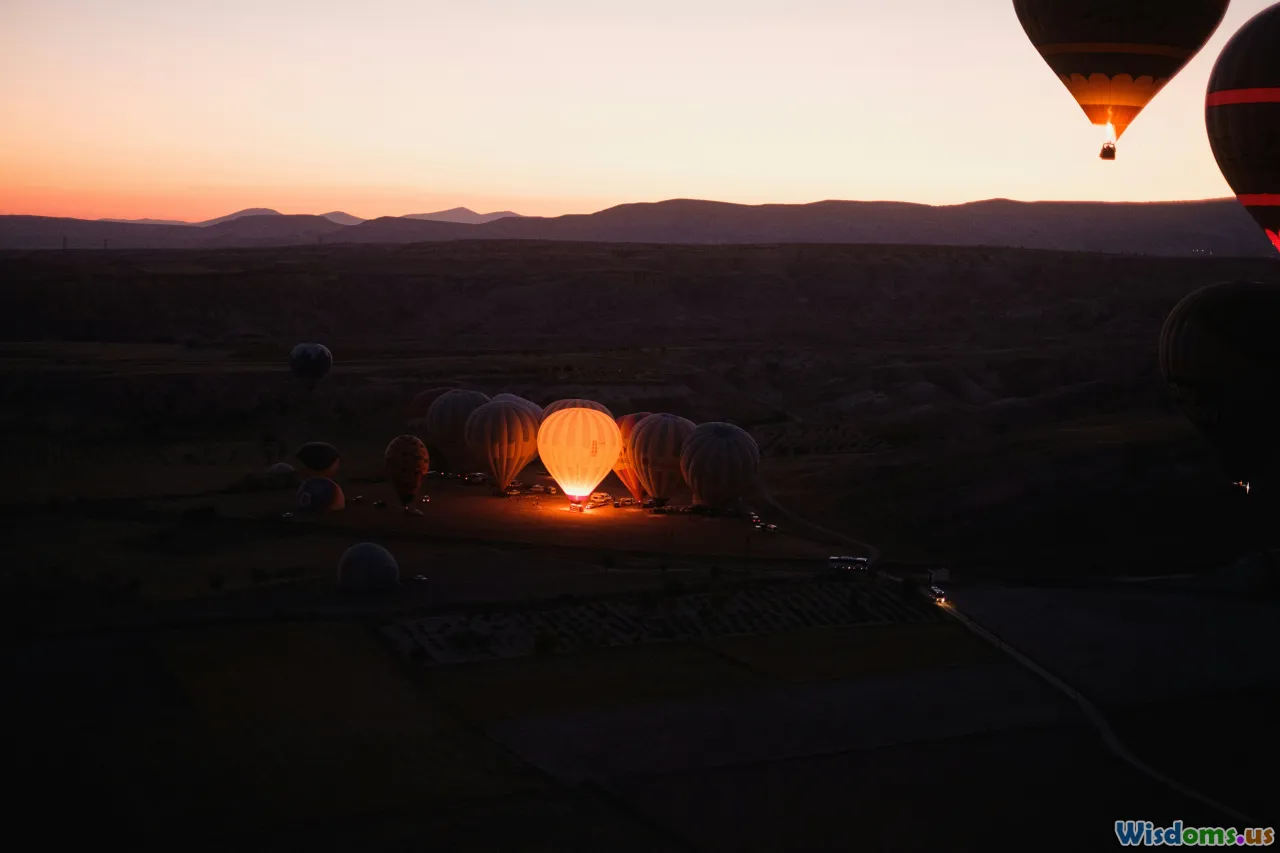
Desert nights are deceptive—sweltering sun gives way to chilling darkness. When the light started to fade, primal urgency pushed through the adrenaline: I needed shelter. I headed for a protruding sandstone boulder cluster, using it as a windbreak and natural insulation.
In low humidity environments, temperatures can swing by as much as 40°F (22°C) between day and night. I layered my clothing, used my backpack for warmth, and stuffed extra shirts under my outer jacket to create air pockets. Bundling up conserved critical calories and warmth, as hypothermia is a deadly threat in arid regions after sundown.
Actionable Advice: Shelters do not need to be elaborate. Look for:
- Natural overhangs or large rocks.
- Brush or branches to block wind.
- Minimal digging or earthwork (avoid exhausting yourself).
Sleep that night came in anxious pulses. Sounds—hoofbeats of distant wildlife, the whistling wind—carried double weight in the open dark. I kept all essential gear close: food pouch, water, first-aid kit, and headlamp, just in case.
Water: The Art of Making a Drop Last

By the end of the second day, my single liter bottle felt impossibly light. Loss of moisture isn’t just thirst—it saps reason, fine motor skills, and magnifies fear. The key was rationing and finding natural resources, guided by everything I’d learned about desert water logic.
Essential Desert Survival Lessons:
- Never drink all your water at once. Sipping slowly buys time.
- Seek Shade: Reduce exertion and heat exposure between 10 a.m. and 4 p.m.
- Scan for Water Signs: Birds gathering in the morning, insect activity, or green vegetation can all hint at hidden moisture.
I scanned arroyos at dawn for patches of dew and pressed handkerchiefs to any cool stones. Digging into a dry wash, I unearthed damp sand just before sunrise, collecting enough seepage for half a cup. Once, luck turned in my favor: during my trek, I crossed fresh coyote tracks leading to a shaded alcove where a trickle persisted from the last rare rain. It was brackish but safe after a purification tablet.
Reality Check: Even if you find a water source, purify it. Giardiasis or cryptosporidium can turn an ordeal fatal.
Keeping Cool—And Knowing When to Move

Heat, not thirst alone, is the desert’s deadliest weapon. A body can withstand thirst for longer than hyperthermia. My strategy focused on minimizing movement in the heat and maximizing it during the cool, crepuscular hours.
Tactics Used:
- Travel at dusk and dawn. Rest under rocks or brush in shade midsummer.
- Wrap head & neck with a damp cloth or shirt sleeve to reduce direct sun exposure.
- Breathe through the nose to limit moisture loss.
I’d always believed hydration was just about water, but it’s really about energy management. Moving 10% slower saved calories and reduced sweating, allowing me to ration my fluids longer. According to a CDC heat safety guide, moving slowly and resting frequently is proven to reduce heat exhaustion rates by up to 40% compared to unbroken activity in similar environments.
The Psychological Battle: Facing Panic

Physical survival is only half the battle. With isolation and uncertainty pressing in, the brain conspires against itself. On the morning of the second day, my mind spun out worst-case scenarios: images of rescue crews scouring empty sand, buzzing of unseen snakes, loved ones worrying at home.
Literature and survival studies alike emphasize that optimism and methodical thinking are crucial. Survival psychologist John Leach notes, "The survivors are those who put their energy into controlling whatever environment they can, even if it’s just their emotions."
How I Cope:
- Routine: I set goals for every hour—find shelter, check bearings, inventory food.
- Grounding Techniques: Simple sensory focus—feeling rock warmth, hearing wind, tasting each sip—tethered me to the present.
- Visualization: I visualized walking out alive. Survivors of remote mishaps often credit visualization; it cuts sharp edges off panic and helps sustain methodical problem-solving.
The mind, given a pattern and a task, becomes a partner instead of a saboteur.
Food: Fuel, Not Comfort

Popular survival stories hype wild foraging, but in a high desert with sparse flora, worrying about food is a distant second to water and shelter. My rations—dried fruit, roasted nuts, protein bars—were monitored carefully. I allowed two small handfuls a day to keep blood sugar even.
Nutritional Facts & Mistakes to Avoid:
- The average healthy adult can function for up to two weeks without food, though strength diminishes quickly.
- Conserve food; it’s for brain function, not comfort eating.
- Avoid eating desert plants unless you're 100% certain; many are toxic and worsen dehydration.
By day three, hunger pangs were less insistent, replaced with a sharp focus on movement and rescue.
Knowing When to Stay Put or Move On

One of the trickiest desert survival dilemmas is whether to wait for help or continue searching for an exit. Experienced search-and-rescue teams repeat the dictum: “If you’ve told someone of your route, your best odds are to remain near your last known location.”
Because I’d deviated unknowingly and hadn’t signaled my change in plan, I set out a makeshift signal—laying out my metallic emergency blanket and arranging rocks in a large "HELP" visible from the air—before resuming movement westward with recognizable bluffs as a bearing. I stayed visible and sought elevation at regular intervals to spot potential searchers or recognizable features.
How to Decide:
- Stay put if others know your expected route.
- Move only if entirely sure of new bearings, or in danger if stationary (dehydration, weather, lack of cover).
According to the U.S. Forest Service, lost persons who stay near a known trail or their last point of known location are found up to 30% faster.
Spotting Rescue and Making Yourself Seen
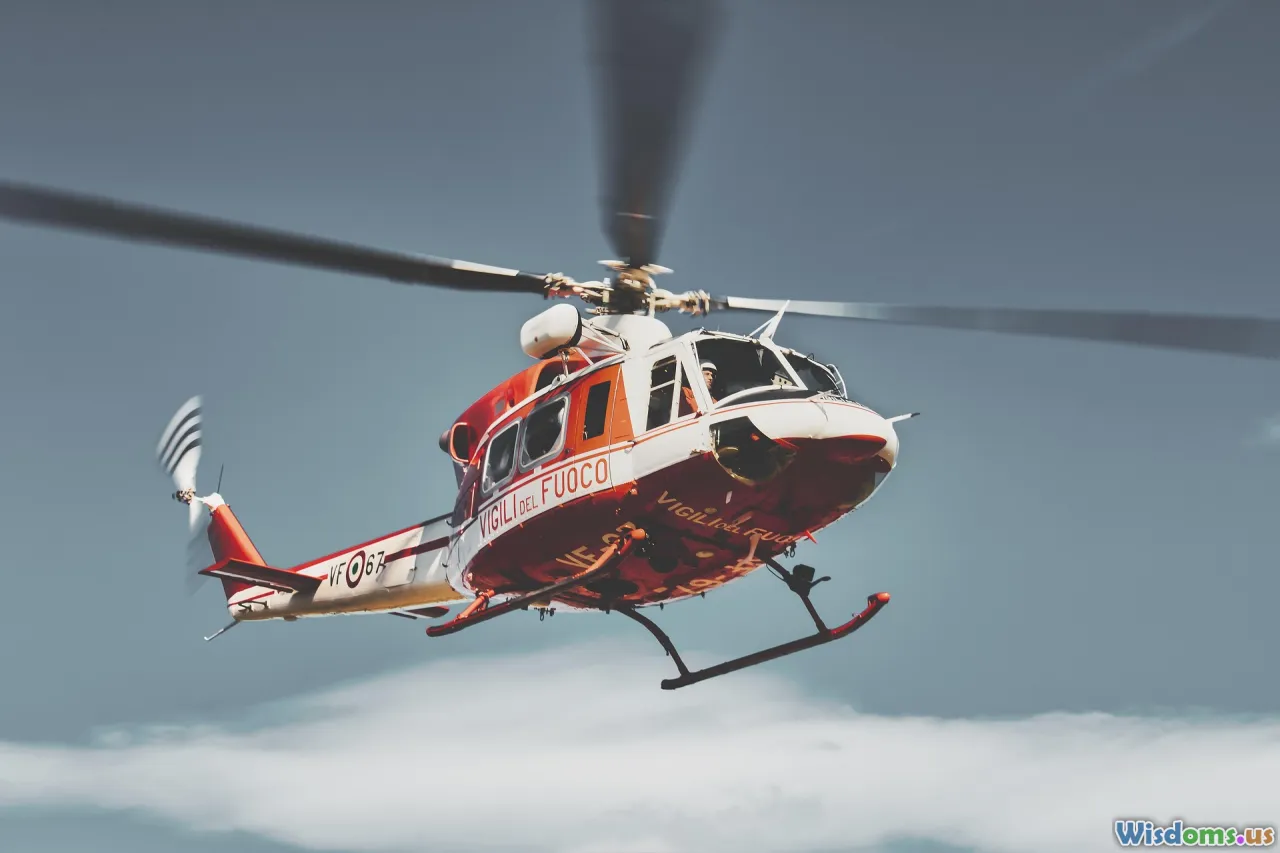
On midday of day three, hope took tangible form: the faint thrumming of a chopper’s rotors. When you spot or hear search and rescue, visibility is life.
Tips to Increase Visibility:
- Use reflective materials—tiny mirrors, metal from gear, or even phone screens.
- Wave or lay out bright clothing on rocks.
- Create signals: “HELP” or directional arrows in the sand.
- Attract attention with engineered noise: emergency whistles carry farther than shouting.
I flashed my pocket mirror toward the sun, waved my fluorescence-accented bandana, and climbed onto a rock outcropping. A half hour later, the helicopter circled, then swung down in a sand-splattering landing. Relief washed in, bone-deep and dizzying.
Preparing for the Worst: What Survival Changed About My Everyday Life
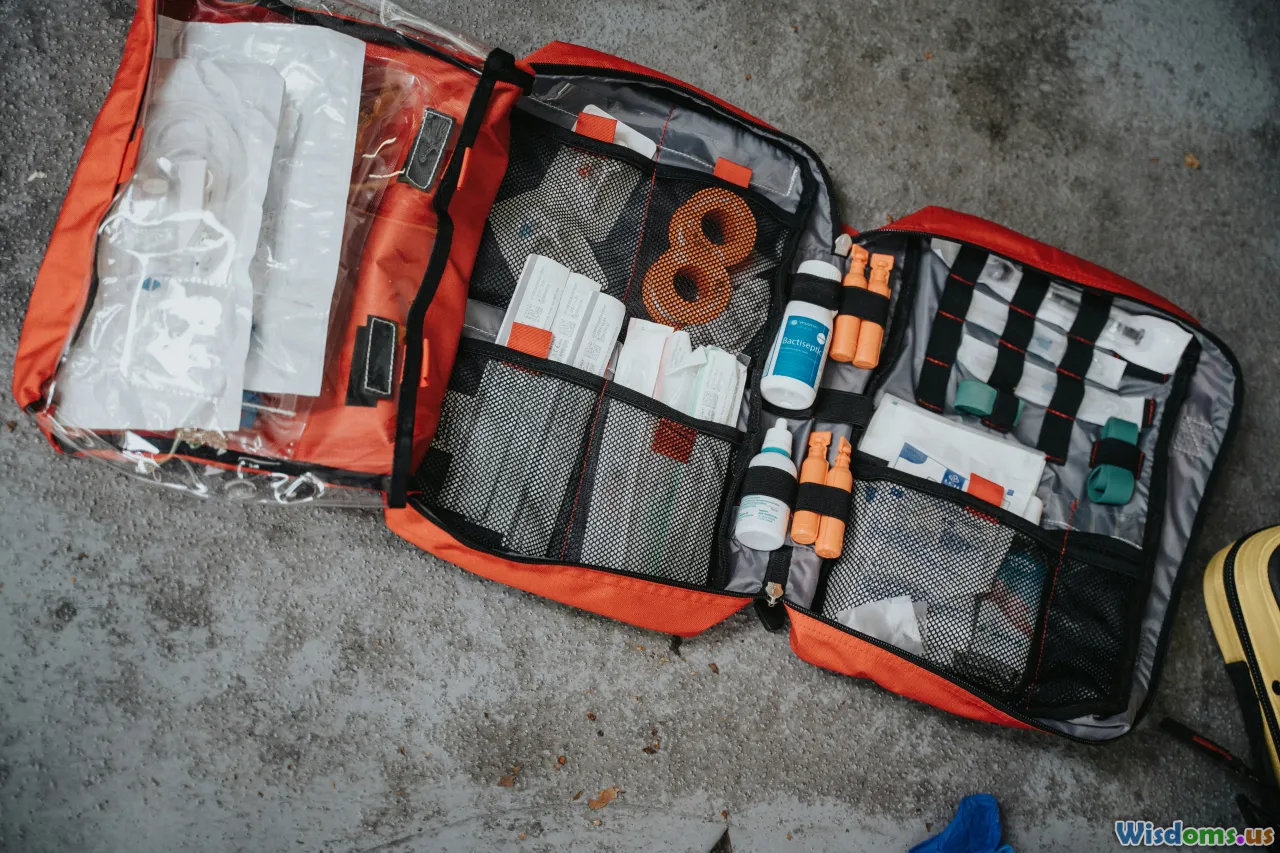
The ordeal was more than a test of endurance; it rewrote my approach to every adventure and changed my risk philosophy. Some insights:
- Never underestimate natural environments. Remote means really remote.
- Double down on signaling devices: Mirror, whistle, personal locator beacon.
- Learn how to source and purify water. This has practical applications worldwide.
- Gut decision-making is flawed—train with small, steady steps.
- Tell someone specific the route and return time.
My gear layout now includes redundancies: extra water in a hydration bladder, minimum hourly check-ins via satellite messenger, solar chargers, and a hard copy contact card. When hiking or traveling remotely, I send maps and notes home.
Friends’ jokes about my “paranoid pack” are met with a smile. Paranoia, I’ve learned, is often just practical wisdom in bulk.
Lessons Etched in Sand
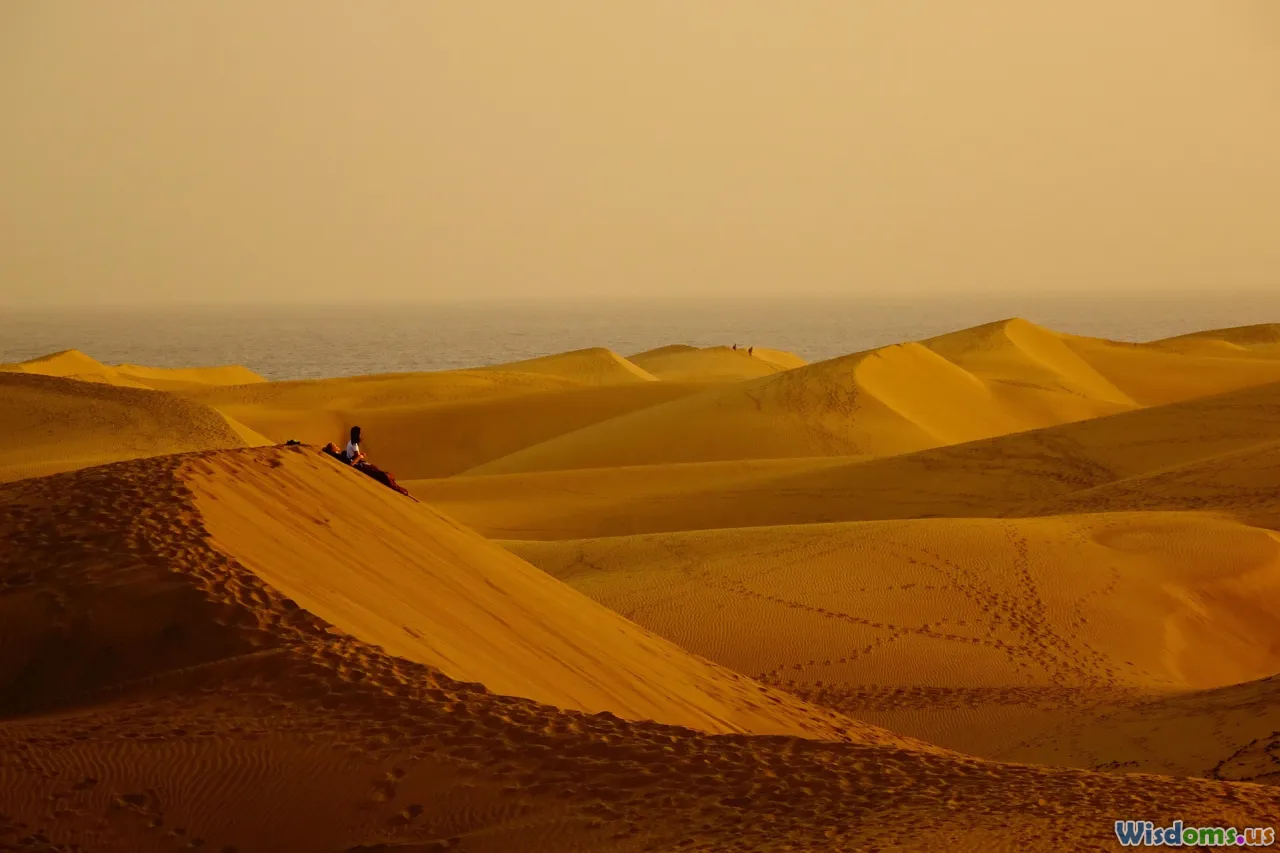
Days after being flown back to safety, the shock had barely faded, but reflection set in. The desert, in its beauty and austerity, seeds humility. It demands respect. Each gust and bit of grit is a reminder: you can be prepared, but you’re never invincible. My hope is that sharing these tools—from the psychological to the practical—arms you with not just knowledge but perspective.
If you ever find yourself where the trail ends and the expanse begins, remember this, distilled from my survival: Stay calm. Stay rational. Strip efforts down to priorities—water, shelter, visibility. The desert will eventually give up its grip. And when you step into the sun again, you’ll know what it means to endure, adapt, and survive.
Rate the Post
User Reviews
Popular Posts













